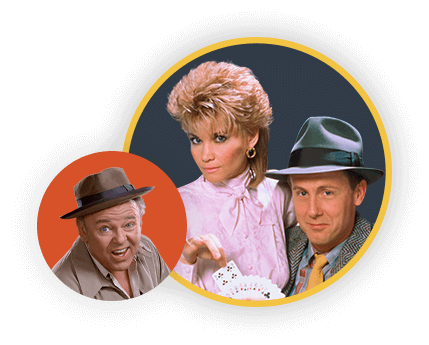6 dangerous toys and firecrackers that disappeared in the 1960s

Top image: devicecapsule via Pinterest
There's an early episode of The Simpsons, "The Crepes of Wrath," that aired way back in 1990, during the first season. Bart finds an old Cherry Bomb and flushes the firecracker down the toilet at Springfield Elementary. The detonation causes multiple geysers to burst from the porcelain bowls.{seealso}
To a younger generation, one that grew up with sparklers and Black Snakes as the standard backyard fireworks of Independence Day, this explosion perhaps seemed pyrotechnically implausible. Yes, it was a cartoon, but the ol' firecracker-down-the-plumbing prank was a common trope of adolescent comedies. The thing is, firecrackers used to be more powerful. Far more powerful. Firecrackers can still make for an impressive Mythbusters segment, or blow the digits off a star NFL defensive lineman, but the fact is, Cherry Bombs changed forever 50 years ago.
In 1966, Congress' Consumer Subcommittee of the Committee on Commerce held hearings on hazardous materials used in products and toys for kids. The transcripts of the hearings are filled with harrowing data on the number of children injured and killed playing with blasting caps and fireworks. Congress eventually passed the Child Protection Act of 1966 in November, and the new law would impose restrictions on fireworks, mandate labeling on hazardous playthings, and more.
To put it simply, few laws have fundamentally changed American childhood quite like this act.
Consider the amount of powder packed into an M-80. Before 1966, the little cylindrical explosives could each carry as much as 3,000mg of powder. The Child Protection Act of 1966 capped that amount at 50mg. So a prankster of the 1950s had 60 times more explosive power to flush down the toilet than his followers of the late 1960s.
Firecrackers were not the only amusement to fundamentally change after that act. Other toys — certain chemistry sets and even crafting beans — soon disappeared. In general, more attention was paid towards the safety of children when it came to their toys.
Here are six toys that disappeared from the shelves due to the new laws and heightened safety awareness of the 1960s. Did you play with any of them in your youth?

Cherry Bombs
Like its relative, the M-80, the "supercharged" Cherry Bomb was banned in 1966. This would not stop Joan Jett's cult all-girl rock band the Runaways from writing about the explosives a decade later.
Image: Michael McHenry via Flickr

Jequirity Beans
These ladybug-like beans, native to India, seem cute and innocuous enough, yet the word "jequirity" comes up repeatedly throughout the Child Protection Act hearings. The beans were commonly used in school crafting, to make jewelry and mosaics. And they were toxic. The FDA would continue to recall the dangerous legumes throughout the 1960s.
Image: Wikimedia Commons

Cracker Balls
Another example repeatedly brought up by the U.S. Representatives in '66 was the Cracker Ball. These little pyrotechic, powder–covered globes would pop on contact. Unfortunately, little kids would easily mistake them for candy and pop them into their mouths.
Image: I_mackley23 via eBay

Toxic Chemistry Sets
If you read the fine print of this Sears catalog from the 1950s, you will note that the "De Luxe Chemcraft Laboratory… with ATOMIC ENERGY" contained "real uranium ore." Yikes. The chemical potency of chemistry sets would dramatically decrease in 1966, evolving to the point where modern sets boldly proclaim that they contain "no chemicals."
Image: wishbookweb

Mattel Belt Buckle Gun
Lest you think that the toy industry prior to 1966 was some wild frontier with no regard for child safety, it should be noted that some sketchy products were removed from the market before that landmark law — even some toys themed around the Wild West. Mattel offered this "Buckle Gun" which would pop out and fire a cap when the wearer expanded his belly. Unfortunately, the gizmo would sometimes trigger while closed. It was subsequently banned. Even James T. West would probably keep this one away from his gut.
Image: wishbookweb

Flubber
Even Disney got caught in a dangerous toy fiasco. In late 1962, to promote the upcoming sequel Son of Flubber, an official silvery "Flubber" substance was sold by Hassenfeld Bros., Inc. The stretchy goop began to cause rashes, which were at first attributed to a virus in Los Angeles, until children around the country began to suffer similar reactions. The toxic Flubber was finally pulled from the shelves in May 1963.




